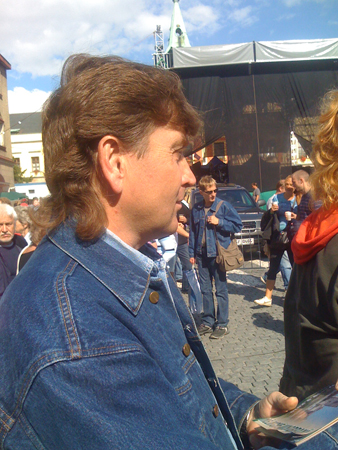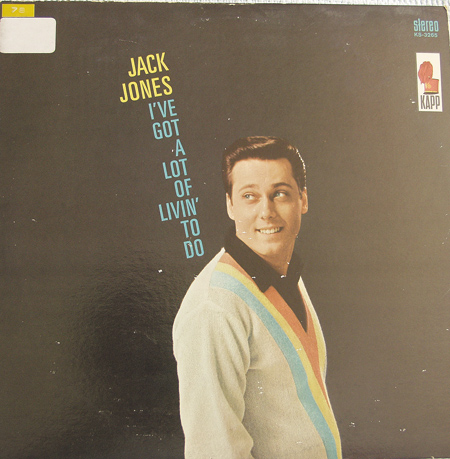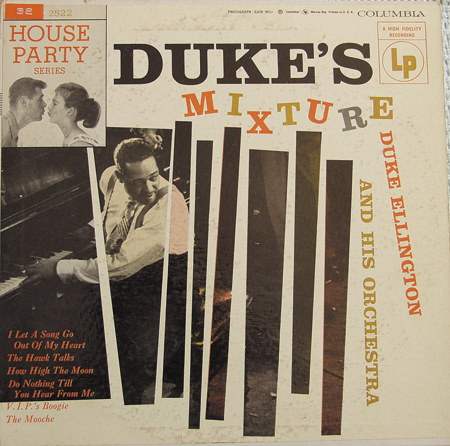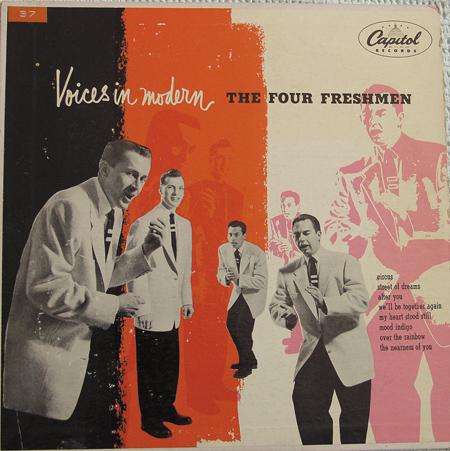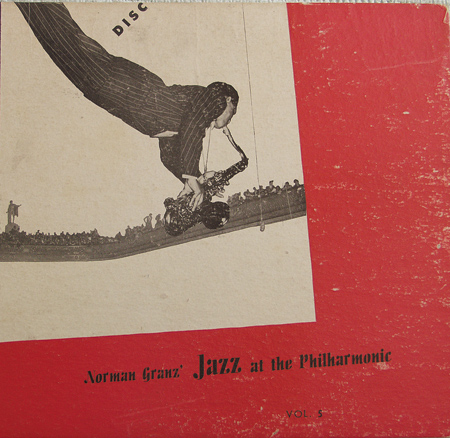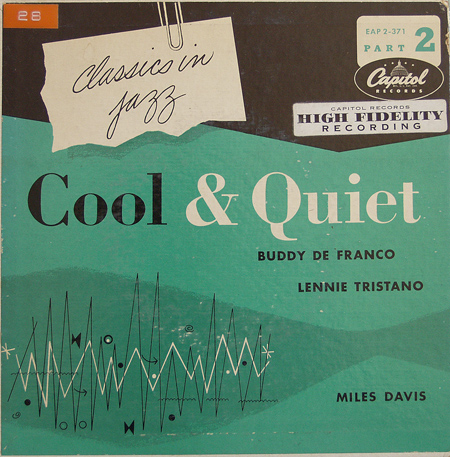
There are frequent postings about music on this blog. I enjoy hearing the clips, but am absolutely clueless when it comes to the different types of rock, the names of bands and performers, the history of their departures from bands and return to them, etc. So now I’m writing about music and musicians that I do know something about. Not exactly in retaliation, but more in the interest of diversity.
In 2005 I read an article by the Boston Globe‘s music critic Richard Dyer about Joyce Hatto. The headline ran: “After Recording 119 CDs, a Hidden Jewel comes to Light. Fans and Critics Have Long Overlooked Pianist Joyce Hatto.” The CDs appeared under the Concert Artist label, created by her husband, William Barrington-Coupe. (Like his friends, I’ll call him Barry for short.)
This was an amazing pianist. At age 71, wracked with cancer, she was recording in her husband’s studio virtually the whole classical repetoire, from J.S. Bach to Messiaen; a feat as yet unattempted by man or woman. The recordings were all first class according to Dyer, who has a discriminating ear; and on top of that she was English. In the entire 20th century, England had produced only three memorable pianists: Solomon (who, by his novel use of first name only, anticipated Madonna by 90 years), Clifford Curzon, and Myra Hess. Even better, Hatto looked English: a bit horsey and Camilla-like because of her long face and strong jaw.
Right away, in great excitement, I sent Dyer’s article to my brother-in-law, who is a musicologist and amateur pianist. Living outside of New York City, he goes to tons of piano recitals there. It was with some satisfaction that I told him of a pianist that he’d never heard of—as Dyer put it, “[t]he greatest living pianist that almost no one has ever heard of.” We exchanged Hatto CDs and emails about them.
Before the Globe article, excitement over Hatto was pretty much confined to bloggers. After Dyer’s article and another one in the prestigious magazine Gramophone, the enthusiasm over Hatto spread to the larger musical world. The discovery of overlooked genius generates a lot of excitement. I suppose part of the thrill is egotistical: being a Hatto fan puts one in the know. But at least in Hatto’s, case, there’s a deeper satisfaction. Hatto’s career on the concert stage had been unremarkable, gaining her little recognition. By an unforgiving rule that condemns most of us to obscurity, people usually get the recognition that they merit. But in this case, the rigid test of time turns out to be fallible: an unregarded pianist turns out to be the greatest one alive. This is something to celebrate.
The extraordinary stream of flawless recordings continued up to her death in 2006. Then, the next year, the fraud collapsed. All of her recordings, but one (she actually did play the piano) were made by other pianists, whose recordings her husband had swiped from other labels.
It seems that by the 1970s, Hatto and Barry concluded that the critics, who had given her concerts mixed reviews, would never accord her the acclaim she deserved. So she retired from the concert hall; the explanation, given to anyone who cared, was ovarian cancer. (She did in fact die of cancer at age 77; but her oncologist is quoted in a couple of sources as saying the cancer didn’t appear until the 1990s.) Her husband had long been in the recording business; out of his technical expertise, great knowledge of the piano world, and musical taste they reinvented her career.
One thing that made the fraud possible is the amazing number —a glut, really —of excellent pianists around, then and now. Even my brother-in-law hasn’t heard all their names. Barry pirated performers who were at once first class and obscure sure to be applauded but unlikely to be recognized. A great influx of talent had poured in from Eastern Europe, where it had been dammed up by the Iron Curtain. From the other side of the globe comes a flood of Chinese pianists who, as children obedient to their parents, out-practiced everyone else.
The fraud had been suspected before 2007 among some bloggers. Barry had overreached by releasing CDs of piano concertos, Hatto ‘playing,’ in each case with the National Philharmonic Symphony Orchestra under the direction of Réné Köhler. No one had heard of either. To answer the suspicious queries of a German researcher, Barry came up with a Köhler biography; Köhler had studied in Krakow, not at the conservatory, which was closed to Jews, but at a university. He survived the Treblinka death camp, where a German officer had crushed his left hand, only to perish in the Soviet Gulag. The investigator checked with the university to find that there was no record of K’s attendance and not even a music department there. Clearly Barry tossed off K’s biography without much if any advance thought; I imagine he had fun improvising his lies.
The name of the orchestra is a riot of redundancy, suggesting that Barry had a sense of humor too. “Philharmonic” means “symphony” (the New York Philharmonic); “symphony” can be synonymous with “orchestra” (the Boston Symphony). So, in a redundancy pointed out by a blogger, Hatto, in playing with the National Philharmonic Symphony Orchestra, plays with the National symphony symphony symphony.
Some people doubted the Hatto marvel; others were too happy with it to give it up. The controversy was settled by iTunes. From the Wikepedia article on Hatto: “When Brian Ventura, a financial analyst from Mount Vernon, New York, put the recording of Liszt’s Transcendental Etudes credited to Hatto into his computer, the Gracenote database used by the iTunes software identified the disc not as a recording by Hatto but as one by László Simon.” The database identifies a CD by the timings of its tracks; and the timings of Hatto and Simons CDs were identical. This discovery led eventually to a waveform analysis of the recordings by an audio lab in England that showed them to be identical in every respect.
On other CDs, Barry forestalled detection by tampering with the timing of the pirated tracks. He managed to speed up or slow down the Hatto version without altering the pitch, so that the Hatto performance did sound different from its original. Another of his ploys was to steal from multiple pianists in a single piece. For a sonata, say, consisting of three movements and three corresponding tracks, he deployed a different pianist for each track.
For some music critics, the exposé was quite embarrassing. In 1992 a critic reviewing Yefin Bronfman’s rendition of the Rachmaninov 3rd Concerto wrote that “it lacked the sort of angst or urgency that has endeared Rachmaninov to millions” and that Bronfman sounds “oddly unmoved by Rachmaninov’s slavic idiom.” Fifteen years later, the same critic wrote of Hatto’s release of the same recording: “stunning… truly great… among the finest on record… with a special sense of its Slavic melancholy.” I felt kind of foolish too, having waxed so enthusiastic over her recordings.
Once Hatto gained fame from the fake recordings, the couple were very happy to be interviewed, and in their interviews retroactively slathered her new-found prestige onto her earlier career. In a profusion of free-from fictions, she was playing for and being advised by the greatest musical figures in the mid 19th century. As all of them were dead by this time, who was to object? Over- the-top reviews of her concert performances surfaced. “Her performance of the Brahms Piano Concerto in D minor was a triumph. The technical virtuosity was compelling in its complete nonchalance but it was the blazing passion that brought the huge audience to its feet.” (I love the “huge” audience). Or: Her performance of Brahms’ Paganini Variations was “dispatched in a seamless riot of ecstatic bravura with underlying deep musical feeling . . .”
In fairness to Hatto and Barry, it doesn’t seem that this was just simple, cold-blooded fraud. It was a tour de force of imagination. The two invented a whole life for herself in an amazing amount of detail that grew with each conversation they held. A New Yorker article by Mark Singer entitled “Fantasy for Piano” gives you a good sense of their powers of invention. They moved so easily from fact to fiction that you can’t be sure which you are hearing. I don’t think that they could tell the difference either, and that’s where the story gets scary.





